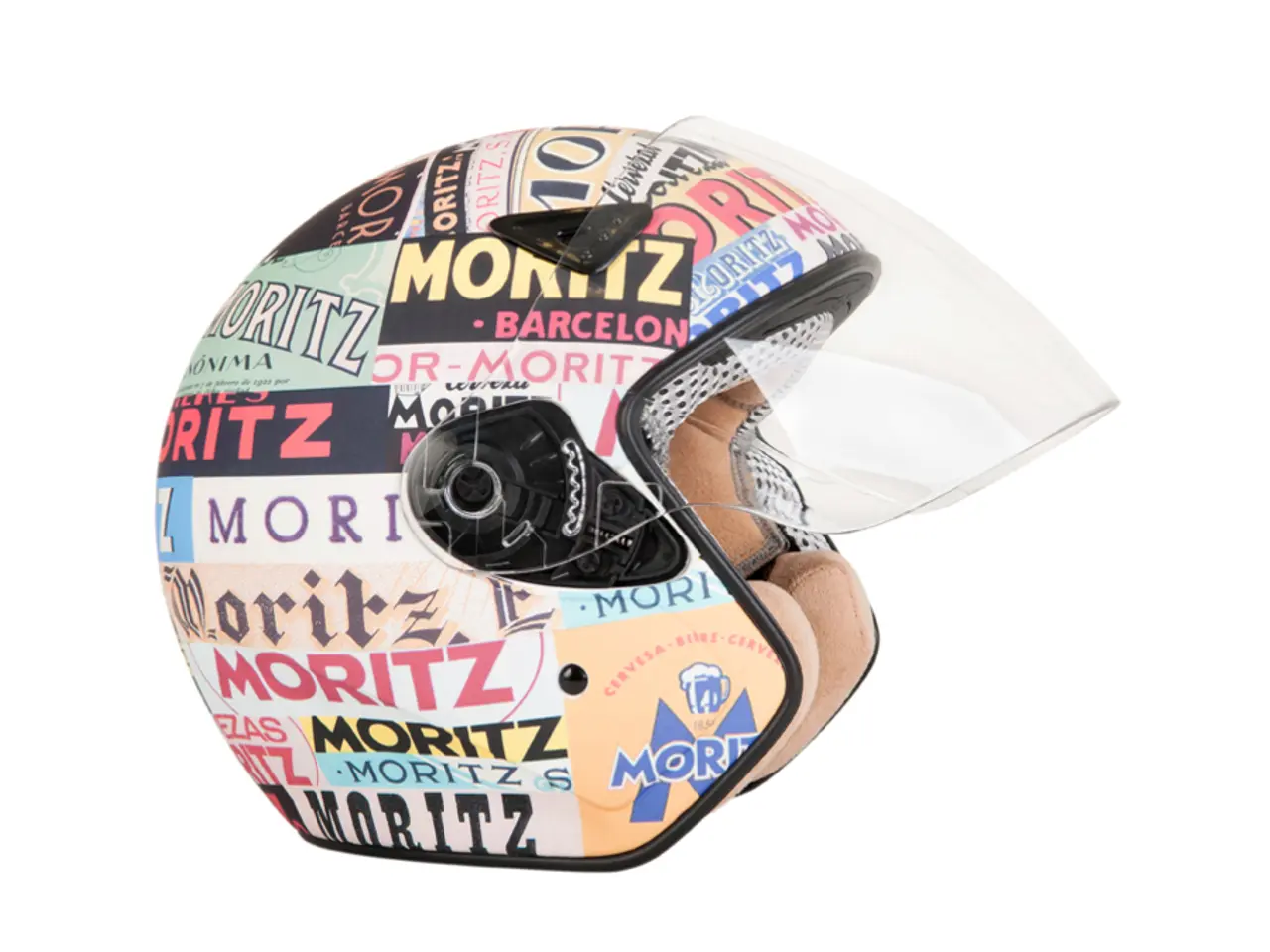Virginia Tech Helmet Lab Introduces First Hard Hat Rating System
The Virginia Tech Helmet Lab has made a significant stride in construction safety by introducing the first rating system for hard hats. The innovative Summation of Tests for the Analysis of Risk (STAR) framework has evaluated nine Type I and seven Type II helmets, marking a crucial step in mitigating falls-related traumatic brain injuries (TBIs) in the industry.
Falls account for a staggering 60% of construction industry's TBI fatalities, highlighting the urgent need for enhanced safety measures. The new rating system, a first of its kind for non-sports helmets by the Virginia Tech Helmet Lab, distinguishes between traditional 'hard hats' (Type I) and Type II helmets equipped with interior energy-absorbing materials. Industry advocates believe this system will empower leaders to make informed decisions when selecting safety equipment.
The rating system's development was partly inspired by the 2018 collapse of a pedestrian bridge in Miami, Florida. Scott Greenhaus, co-founder of the advocacy group Hats to Helmets, saw this incident as a wake-up call. The lab's tests simulate real-world job-site falls, employing energy levels surpassing current hard hat standards. Early results suggest that shifting to Type II helmets can dramatically reduce concussion risk by up to 48% and skull fracture risk by up to 77%.
The Virginia Tech Helmet Lab's rating system is set to revolutionize construction safety by providing a clear benchmark for hard hat performance. As the industry moves towards more protective gear, the STAR framework will guide leaders in choosing helmets that significantly enhance worker safety.
Read also:
- Exploring the Psychological Impacts of Plant Therapy and Enhancing Mental Health through Floral Interactions
- EU Faces Demand from Protesters to Halts Incineration of American-Owned Birth Control Products
- MERS (Middle East Respiratory Syndrome): A Comprehensive Overview and Treatment Guide
- Strategies to Maintain Optimal Eye Health Throughout Aging Process





